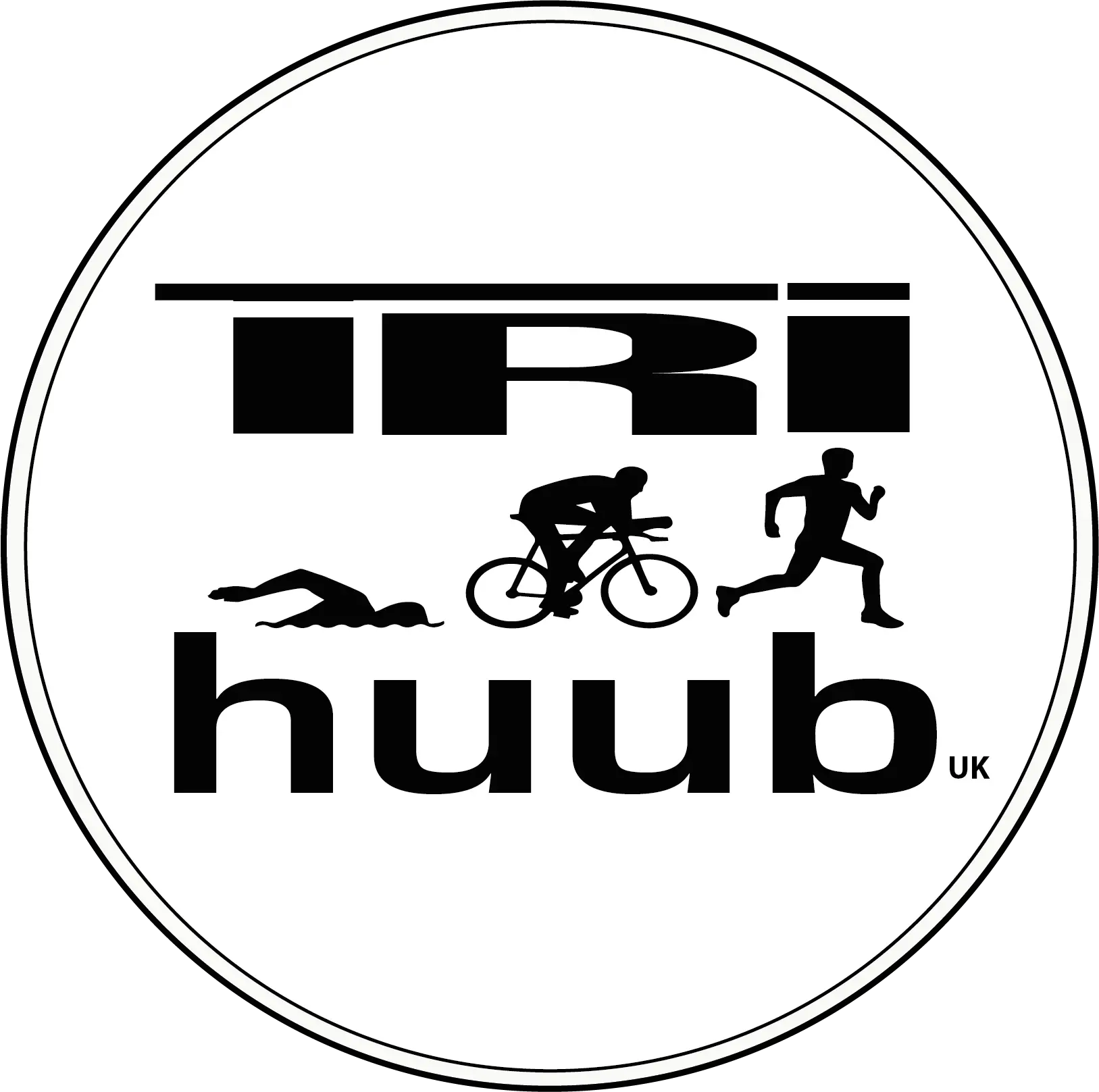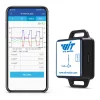Introduction
Kicking off a race with a burst of energy feels exhilarating—until you hit the wall. Many endurance athletes sabotage their performance by starting too fast, burning out before the finish line. Pacing isn’t about holding back; it’s about strategically distributing your energy using science-backed methods to finish strong and achieve your best performance.
Why Pacing Matters
Your body relies on glycogen, a finite energy source stored in your muscles and liver. Deplete it too quickly, and you’ll experience the dreaded “bonk” or “hit the wall,” where energy levels plummet, and performance tanks. Early overexertion also spikes lactic acid buildup, causing muscle fatigue and that heavy-leg sensation. Proper pacing optimizes energy use, delays fatigue, and keeps you moving efficiently.
Image suggestion: A clear graph comparing two runners’ energy levels: one with steady pacing (consistent line) versus one who starts too fast (sharp decline).
Understanding Heart Rate Zones
Heart rate zones are a powerful tool for pacing during training and racing:
- Zone 1 (50–60% max HR): Light effort, ideal for recovery runs.
- Zone 2 (60–70% max HR): Aerobic pace for building endurance.
- Zone 3 (70–80% max HR): Moderate effort, sustainable for tempo runs.
- Zone 4 (80–90% max HR): Threshold pace, challenging but maintainable for shorter efforts.
- Zone 5 (90–100% max HR): Maximum effort for sprints or final pushes.
To estimate your maximum heart rate, use the formula 220 – age, or opt for a lab test for precision. Training in the right zones ensures you’re working at the optimal intensity for your goal.
Image suggestion: A colorful infographic of heart rate zones, with a runner silhouette and percentage ranges in bold, easy-to-read fonts.
Perceived Exertion vs. Data
Technology like heart rate monitors is great, but the Rate of Perceived Exertion (RPE) scale offers a tech-free way to gauge effort. On a 1–10 scale:
- 3–4: Easy, conversational pace (long runs).
- 5–6: Moderate, marathon effort.
- 7–8: Hard, threshold pace (e.g., 10K race).
- 9–10: All-out sprint.
Combining RPE with data from a smartwatch creates a balanced pacing strategy, letting you trust both your body and your metrics.
Image suggestion: A runner checking a smartwatch mid-stride on a forest path, with a subtle RPE scale overlay.
Pacing Strategies for Different Distances
- 5K: Start strong but controlled, staying just below threshold until a final kilometer sprint.
- Marathon: Begin conservatively, aiming for a negative split (second half faster than the first).
- Ultramarathon: Focus on energy conservation—walk steep inclines, run flats and downhills efficiently.
Tailoring your pacing to the race distance maximizes performance and minimizes burnout.
Image suggestion: A collage of runners at the start line of a 5K, marathon, and ultramarathon, with distance markers and pacing cues overlaid.
Training Your Pacing Skills
Build pacing mastery with these workouts:
- Progressive Runs: Start at an easy pace and gradually increase speed to finish strong.
- Negative Split Runs: Run the second half of a workout faster than the first to practice restraint.
- Intervals: Maintain a consistent target pace during high-intensity efforts to simulate race conditions.
Regular practice hones your ability to feel and maintain the right pace under fatigue.
Image suggestion: A running track with labeled markers for pacing goals, showing a runner accelerating in the final lap.
Conclusion
Pacing is the invisible edge that transforms good races into great ones. By blending science, data, and body awareness, you can sustain energy, avoid burnout, and cross the finish line stronger. Master pacing, and you’ll not only perform better but also enjoy the journey to your personal best.





